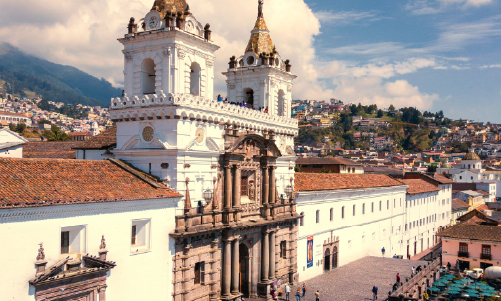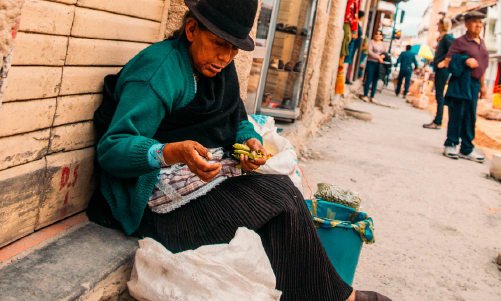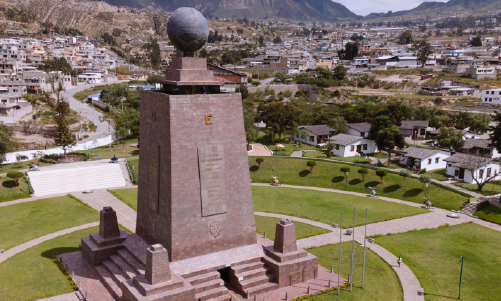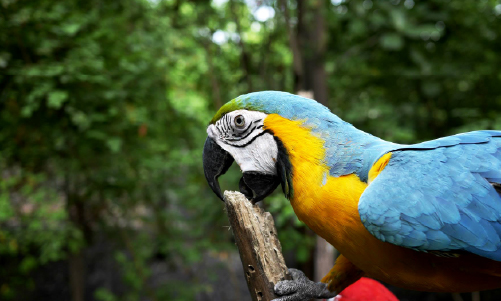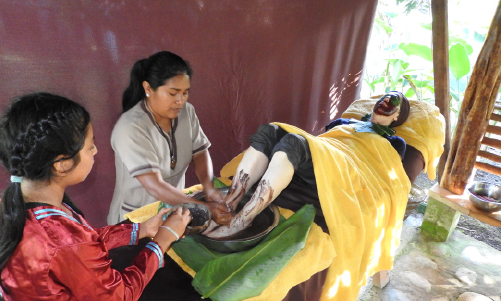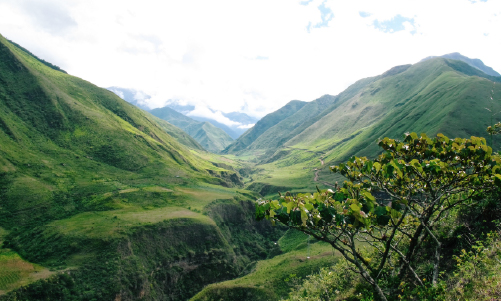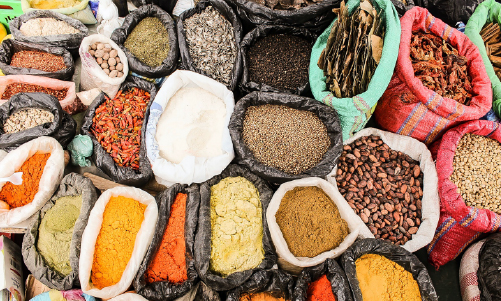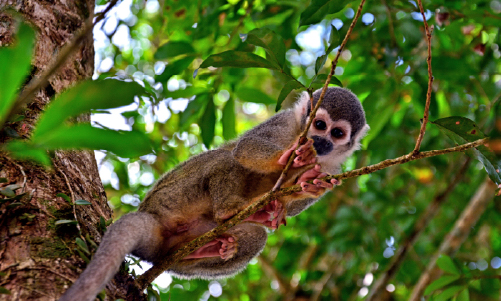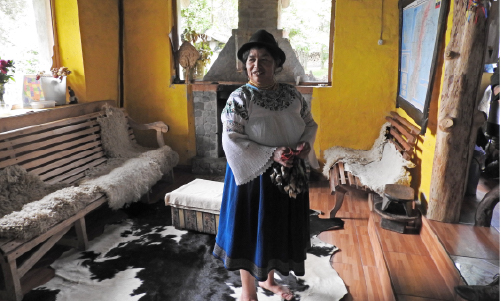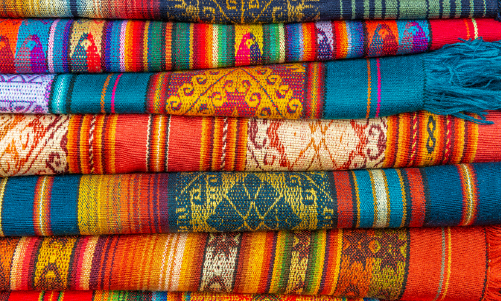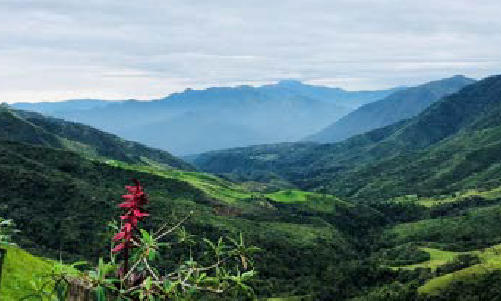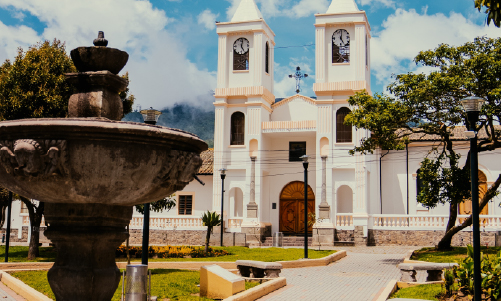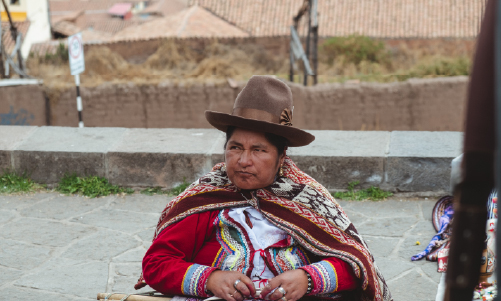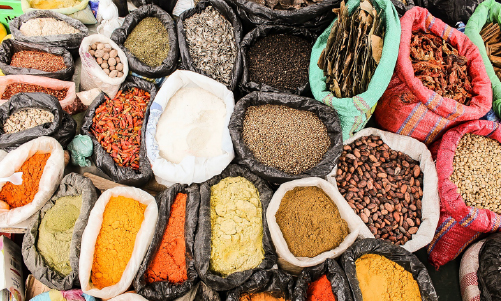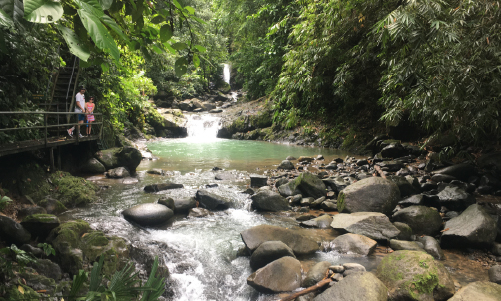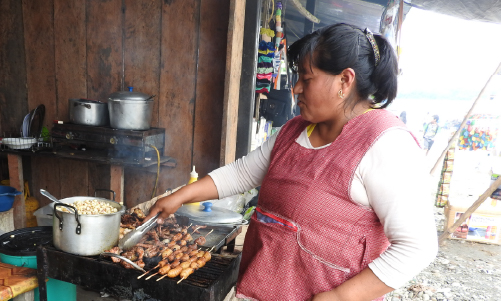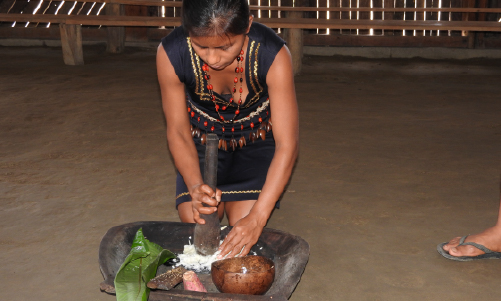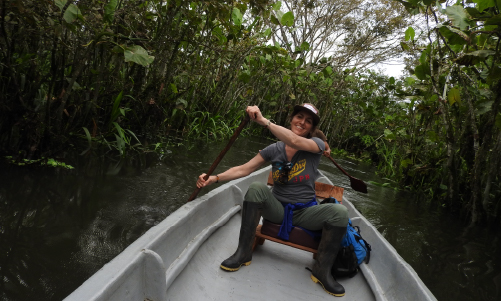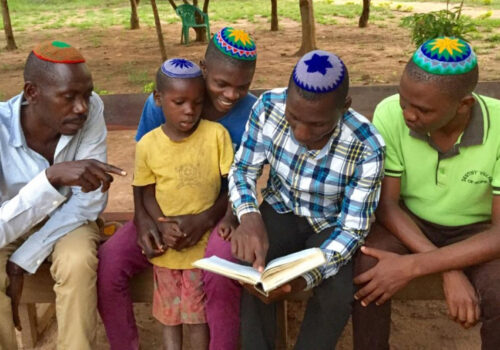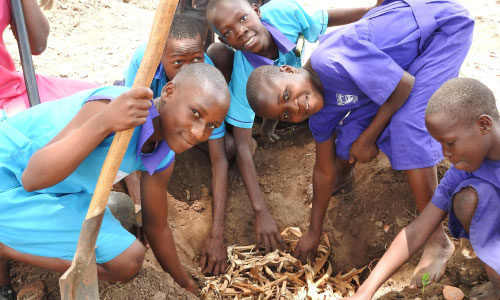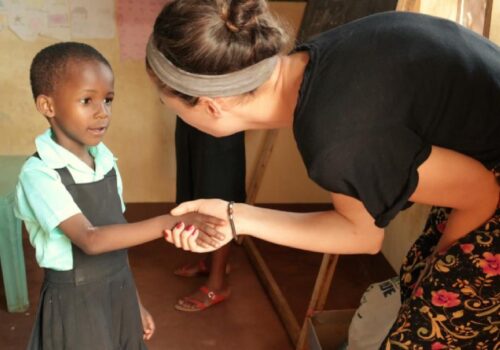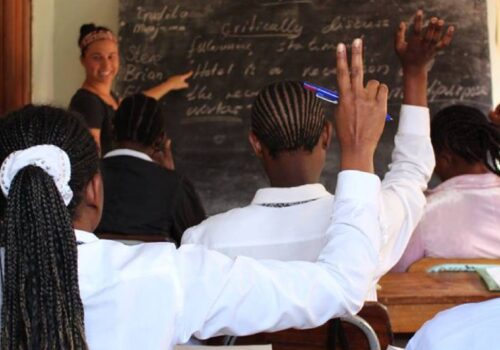Quichua Woman
The MIddle of the World
Ecuador located on the equator on South America’s west coast. Is known for its diverse landscape that includes the Amazon jungle, Andean highlands, and the wildlife-rich Galápagos Islands. Quito, the capital, is known for its largely intact Spanish colonial center, with decorated 16th- and 17th-century palaces.
Trip Highlights
Teaching in Quito at Quintillano Sanchez School
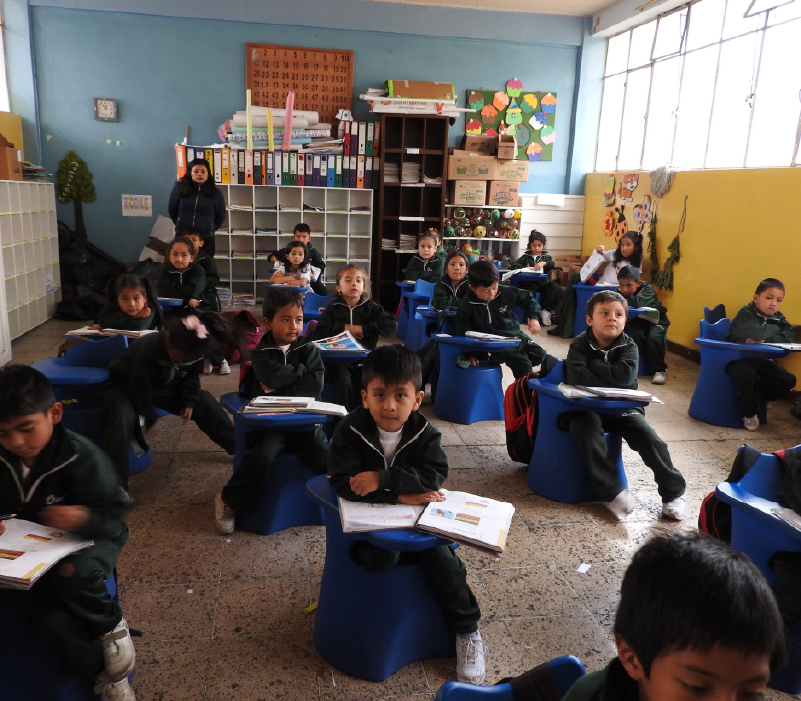
Volunteers are needed to help teach English in public elementary schools in Quito. Some schools have only one teacher per 200 students, teaching English grades one through seven every day. Besides the regular classes, volunteers may be asked to assist teachers in other subjects such as computers and art classes.
- Monday to Friday 8:00 am to 12:30 pm
- Assist the local English teacher with student´s vocabulary, pronunciation and conversation Help correct student’s daily homework
- Organize activities using games and songs
- Be available for English conversation with other teachers in the school
Yunguillo Community in Calacali
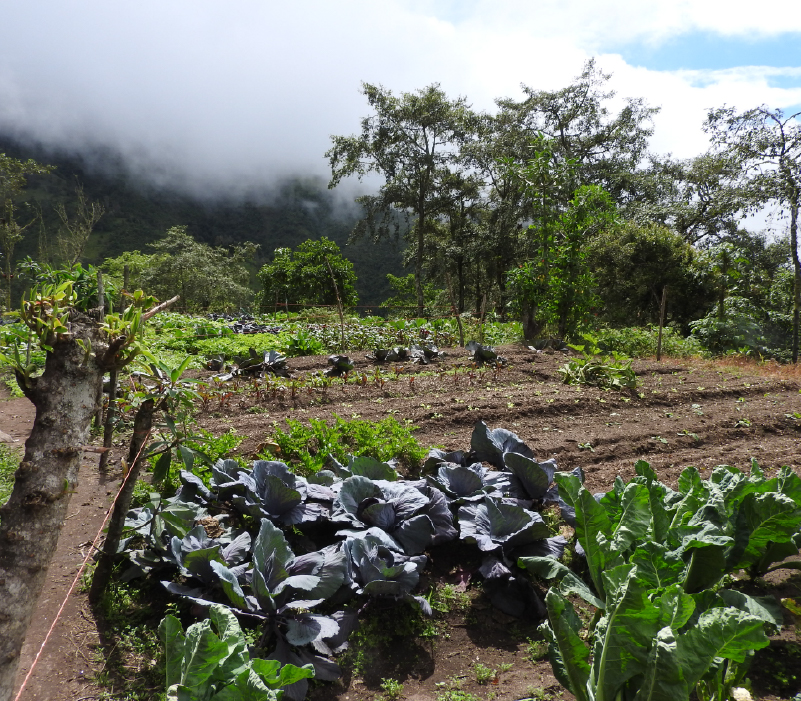
The Yunguillo community is a small mestizo farming community located one hour northwest of Quito, in the district of Calacalí, in a cloud forest zone 8,694 feet above sea level. The community started a project to improve the quality of life through the appropriate management of natural resources and the development of activities that support sustainable development. Almost fifty families have joined forces to work in the production of jams and jellies from local fruits, cheeses, sustainable agriculture, reforestation, research and tourism. The community has also been active in developing the chain from planting the seed to selling the final product either in their own market, in Quito, or for exportation.
to growing tourism. Until recently, most young people couldn’t wait to try their luck in the bustling capital of Quito, where many of the jobs in the country are located. But as projects have expanded in Yunguilla, there are more roles and opportunities right at home.
- Visit the main eco-tourism area “Tahuallullo”, a unique community property which includes a cheese factory, jam factory, arts and crafts workshop, orchid and tree nurseries, reforested pathways and organic vegetable garden
- Participate in the production of cheese, jam, and handicrafts or get involved in forestry activities or organic farming.
- Live with the families that reside within the community.
- Hike on trails through the cloud forest and the visit “Los Culuncos”, Historic Pre-Incan routes.
- Take guided walks through the forest and the community.
- Observe the local wildlife and the animals that inhabit the cloud forest
Family stays in Yunguillas community. Accommodations include two or three students per house, double and triple rooms with private bathrooms. About 20 families have built additions for guests.
Sinchi Warmi

Located 1 hour away from Tena, Sinchi Warmi is an essential place to visit, an unforgettable experience, both for adventurers and those wishing to calmly enjoy the lush surroundings. The project is an initiative of associated women from the local Quechua community, to prove that it is possible to succeed as an indigenous woman, without leaving aside its culture.
The accommodation is composed of several traditional cabins surrounded by typical Amazonian vegetation. Whether it is in a hammock or perched in the mirador, you will be immersed in Sinchi Warmi’s tranquillity.
The famous Rio Napo is accessible on foot, a river where you can sail in a canoe for a day or start a real journey in the Amazon. The site combines cultural nights, traditional dances, Quechua courses, chocolate making, and jungle tours. The community lives around the complex.
Visitors will be part of local life and participate in daily tasks. Community housing – double and triple rooms for the students, 2-3 single room for teachers,
Quito
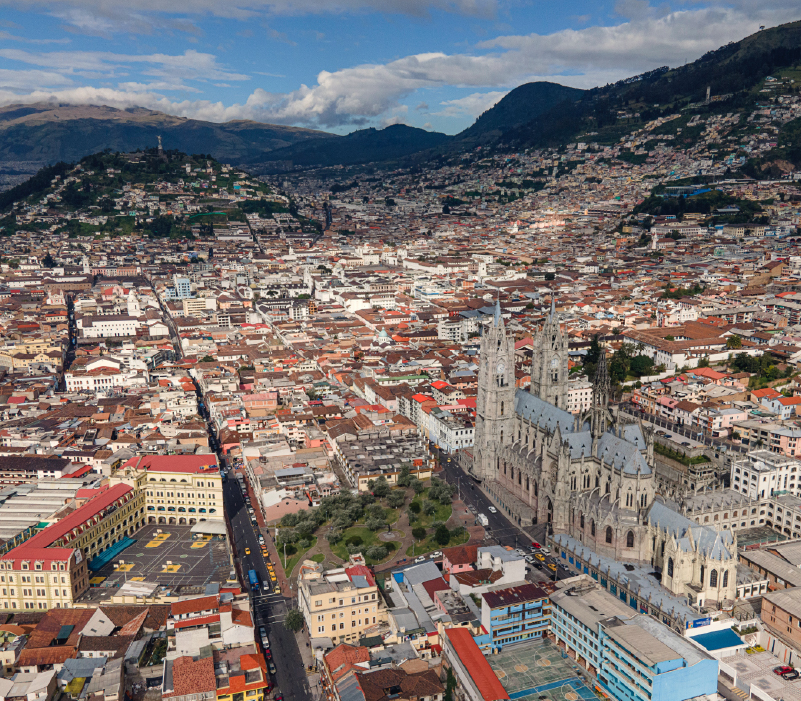
Quito runs along the beautiful “Cordillera de los Andes”, at the foot of Pichincha Volcano. It is a city of contrasts: Modern with large avenues, organized transportation, and modern buildings to hold the busy life of Ecuador ́s capital city. The old face of the city shows times in history transforming Quito into a city of Patrimony of Humankind.
Quito was once the land of brave indigenous warriors, the land of the Quitus with sacred temples to honor the “Inti God”. After the Spanish invasion great churches, plazas, and parks were built, its architecture, sculpture, and paintings reflected the flourishing times. Tour of the city and surrounding area
- Visit the city’s main Basilica and its colonial-era structures and learn about the history of Ecuador
- Ride the Teleferico and experience the panoramic views of the city from a 13,000-foot (4,000-meter) peak
- The Ciudad Mitad del Mundo: a tract of land owned by the prefecture of the province of Pichincha, Ecuador. It is located 26 km north of the center of Quito. The grounds contain the Monument to the Equator, which highlights the exact location of the Equator (from which the country takes its name) and commemorates the eighteenth-century Franco-Spanish Geodesic Mission which fixed its approximate location;
- Museo Etnográfico Mitad del Mundo, Ethnographic Museum Middle of the Earth, a museum about the indigenous
people ethnography of Ecuador.
Papallacta Hot Springs and Jungle Hike (optional Rafting)
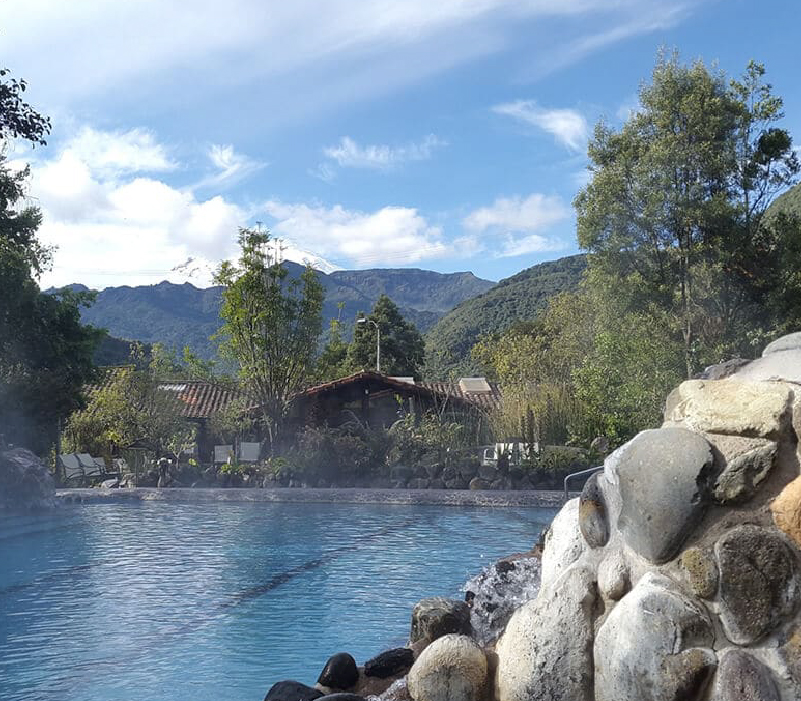
Papallacta Hot Springs Resort – soak in the divine thermal pools that range in temperature from frigid to half a dozen varying degrees of steaming. The thermal waters are rich in minerals, sulfates, and alkaline, said to provide numerous health and skin benefits.
- Hiking
- Optional rafting or kayaking. Tena is the capital of the Napo province, an attractive and quiet city in the Ecuadorean lowlands.
- Because of its location close to the Andean foothills, Tena has emerged as one of the top spots in Ecuador to go whitewater rafting or kayaking.
Otavalo
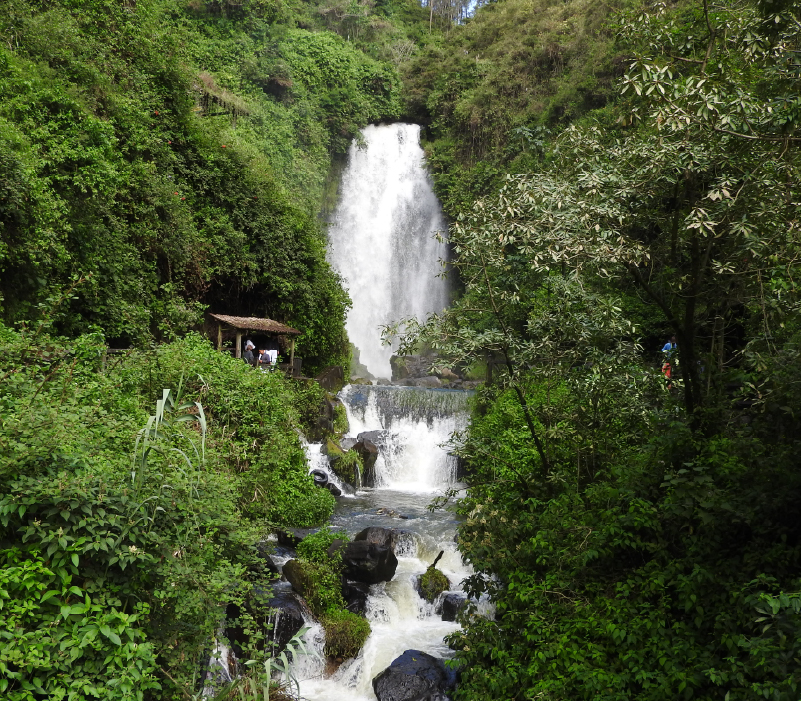
Otavalo’s beauty lies in its people and surroundings, the Otavaleños and the towering volcanoes that surround the Andean town.
The Otavalo Market, which makes this market town famous, is undoubtedly one of the most important and spectacular markets in all of
Latin America. The Otavalo market is attractive to visitors for both its outstanding shopping and its cultural significance. Local people use market day much the way their ancestors did during Ecuador’s pre-Colombian history. The Otavalo market is a fascinating way to experience traditional Ecuadorian culture and the traditions of the Andes.
By 6 am, with the sun rising and the mountains casting improbable shadows over the town, the market is already alive with squealing pigs and clucking chickens. By the time the sun clears the volcanoes at 6:30 am, much of the day’s business has already been done, and it’s time to head back into town to the artisan market.
- Cuicocha lake boat
- Peguche waterfall
MIndo
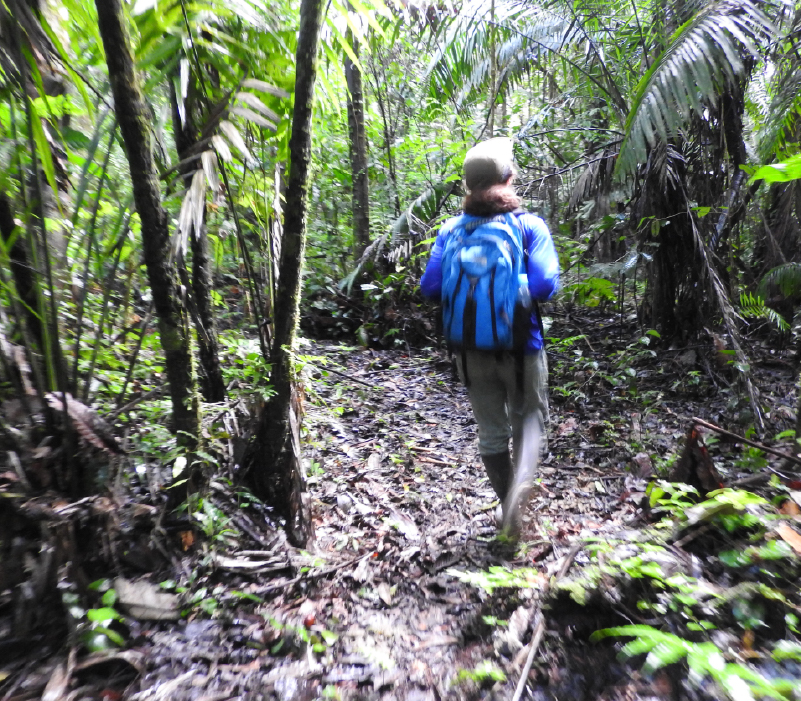
Mindo (also known as the Mindo Valley) is a mountainous watershed in the western slopes of the Andes, where two of the most biologically diverse ecoregions in the world meet: the Chocoan lowlands and the Tropical Andes. In this transitional area, which covers an area of 103 sq miles and ranges from 3,150–11,290 ft above sea level. There are three rivers (Mindo, Saloya and Cinto) and hundreds of streams to irrigate the landscape, which is a patchwork of cloud forests, secondary forests, agricultural land, and human settlements.
- Hiking
- Waterfall visit
- Artisanal chocolate tour
Quilotoa
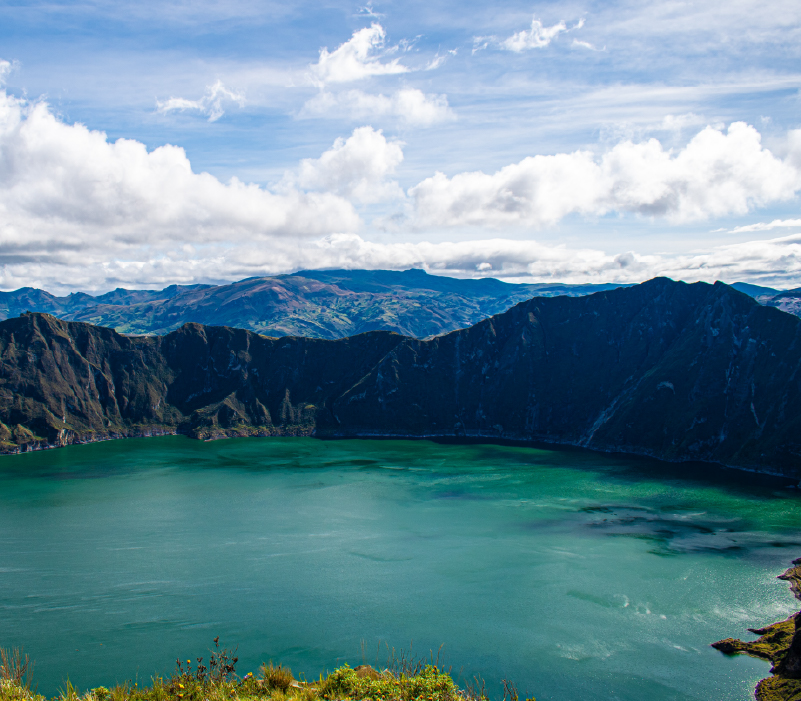
When the Quilotoa volcano last erupted in 1280, it left behind a gaping caldera 3 kilometers (1.8 miles) across, which is now filled with brilliant turquoise water. The word “quilotoa” comes from the local Quechua language, a group native to the central Andes region. At an elevation of around 12,467 to 12,795 feet, Ecuador’s Laguna Quilotoa is tucked within a rugged countryside, crisscrossed with well-worn hiking trails crawling all over the Andes mountain. The area is still home to many indigenous peoples, who make their living farming on the land much as they have for thousands of years.
The tiny town of Quilotoa sits nearby to the lake’s southwest and is the best place to view the lake and begin the hike around its rim.
The hike along the rim of the crater is about 4.7 miles, offering four or five hours of views down into the deep lake.
Service, Cultural Immersion and Adventure in Ecuador.
Itinerary
Duration: 20 days
Countries: Ecuador
Places: Quito, Otavalo, Mindo Cloud Forest, Sinchi Warmi, Peguche waterfall
Experiences: Hiking, Whitewater Rafting, Salsa Dancing, Cooking class, Chocolate tour, Spanish lessons
Ages: All ages
Cost:
14-17 Teens: $3213 per person
18-20 Teens: $3155 per person
Trip Description
Day 1: Arrive in Quito, Ecuador
Welcome to Ecuador!
Day 2: Tour Quito
A tour of Quito offers a variety of exciting and informative activities for visitors to enjoy. One of the must-see attractions is the Equator, where visitors can stand in both hemispheres at the same time. Visit the Ethnographic Museum Middle of the Earth, which showcases the cultural diversity of Ecuador’s indigenous people. Depending on the time of arrival, the tour includes orientation and survival skills that can be useful for navigating the city. Schools in Quito typically have half-day schedules, so we can plan accordingly. Additionally, Spanish classes are offered in the evening for visitors of all levels, providing a unique opportunity to learn a new language while exploring this vibrant city.
Day 3-7: Morning school visit and evening activities
Begin your days by spending the morning at Quintillano Sanchez School, which operates on a half-day schedule. In the evening, take advantage of the Spanish classes offered for all levels. In addition, there are several other engaging evening activities. Take a cable car ride over the city on the Teleférico, learn the sultry moves of salsa during a dance lesson, or take a cooking class at a local restaurant. For a more educational experience, attend a lecture by a local professor about the indigenous groups in Ecuador. Lastly, don’t miss the opportunity to visit the Mindalae Cultural Center, where you can immerse yourself in the rich cultural heritage of Ecuador.
Day 8: Travel to Otavalo
When you journey to Otavalo, you will discover that the true allure of this Andean town lies in its remarkable inhabitants, the Otavaleños, and the awe-inspiring volcanoes that encircle it. Take in the indigenous market and Peguche waterfall while you’re there.
Day 9: Otavalo
Exploring the nearby communities of Otavalo. Then take the two-hour drive to return to Quito in the evening.
Day 10: Quilotoa Day Trip
Embark on a day trip to Quilotoa. The charming town, located southwest of the lake, offers the finest viewpoint to admire the lake and commence a hike around its rim. After that, make your way to the Yunguillo community.
Day 11-14: Yunguillo Home stay & Community Service
The Yunguillo Home Stay and Community Service is an initiative that involves staying with a local family in Yunguillo. This community-based project allows you to engage in nature-related activities while learning about the area’s agricultural and livestock practices from the local people.
Day 15: Mindo Cloud Forest
When you visit the Mindo Cloud Forest, you’ll have the chance to take part in several exciting activities such as visiting waterfalls or going rafting. Additionally, you can indulge in an artisanal chocolate tour and visit the butterfly sanctuary.
Day 16: Dive to Sinchi Warmi
After diving into Sinchi Warmi, you’ll have the opportunity to receive an introduction and orientation to the project.
Day 17-18: Sinchi Warmi
Volunteer work at Sinchi Warmi
Day 19: Last day in Sinchi Warmi - Farewell dinner
Start your day off with volunteering at Sinchi Warmi in the morning, then enjoy a two-hour drive back to Quito. Finally, conclude your trip with a farewell dinner in the Old Town.
Day 20: Depart Ecuador, Fly home
Farewell!
Please remember that this is a guide only and we typically customize each trip.
Please contact us if you have any questions!
WHAT’S INCLUDED
Airport pick up, Transport
Breakfasts and lunches
Accommodations
One local guide
Volunteer project donations -($150)
5 internal flights
WHAT’S NOT INCLUDED
Items of a personal nature, personal insurances, visas and gratuities
All flights
Dinners – free time
Internet (most hotels have free wifi)
Optional extra activities, not specified above
Laundry

